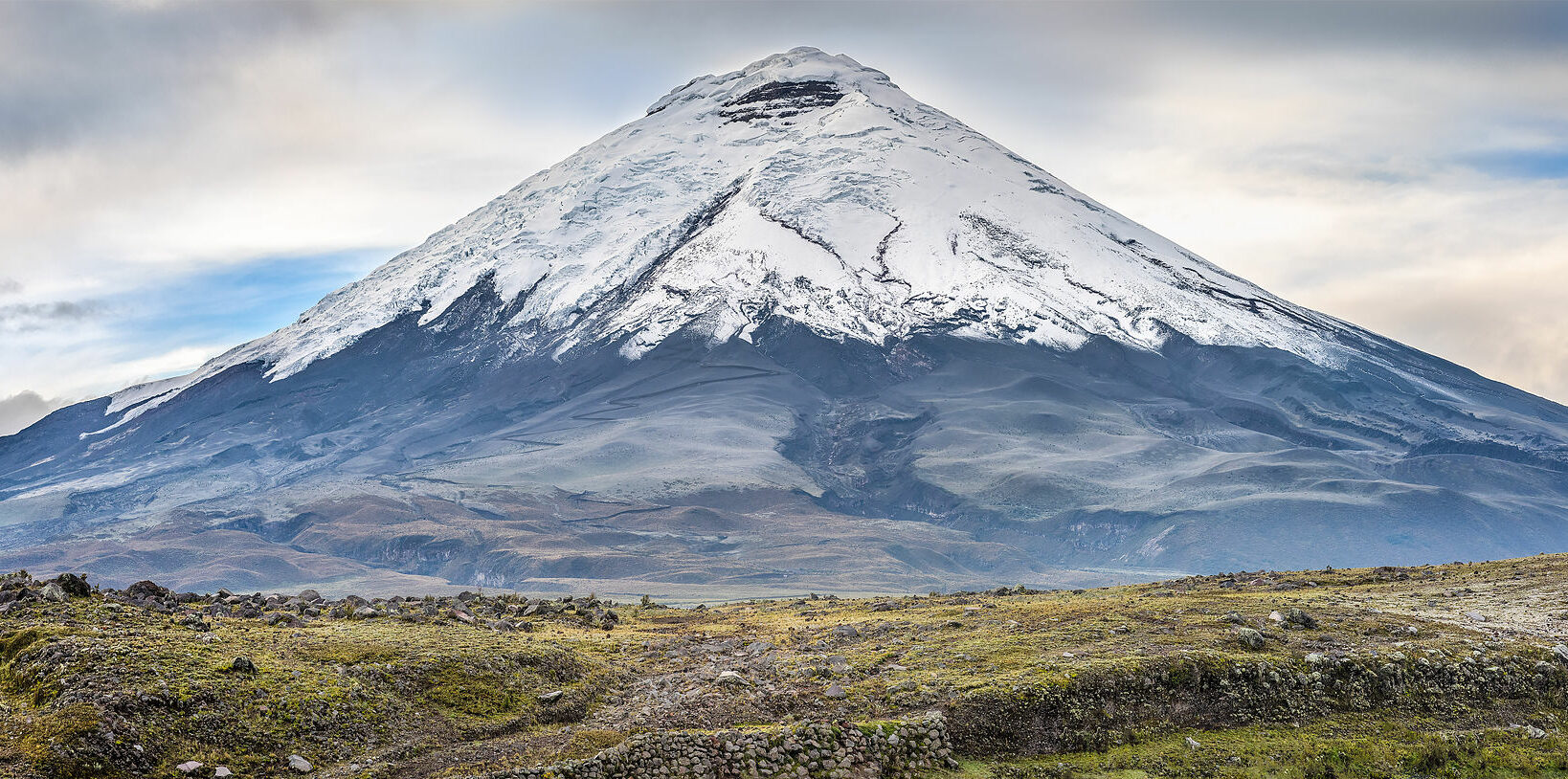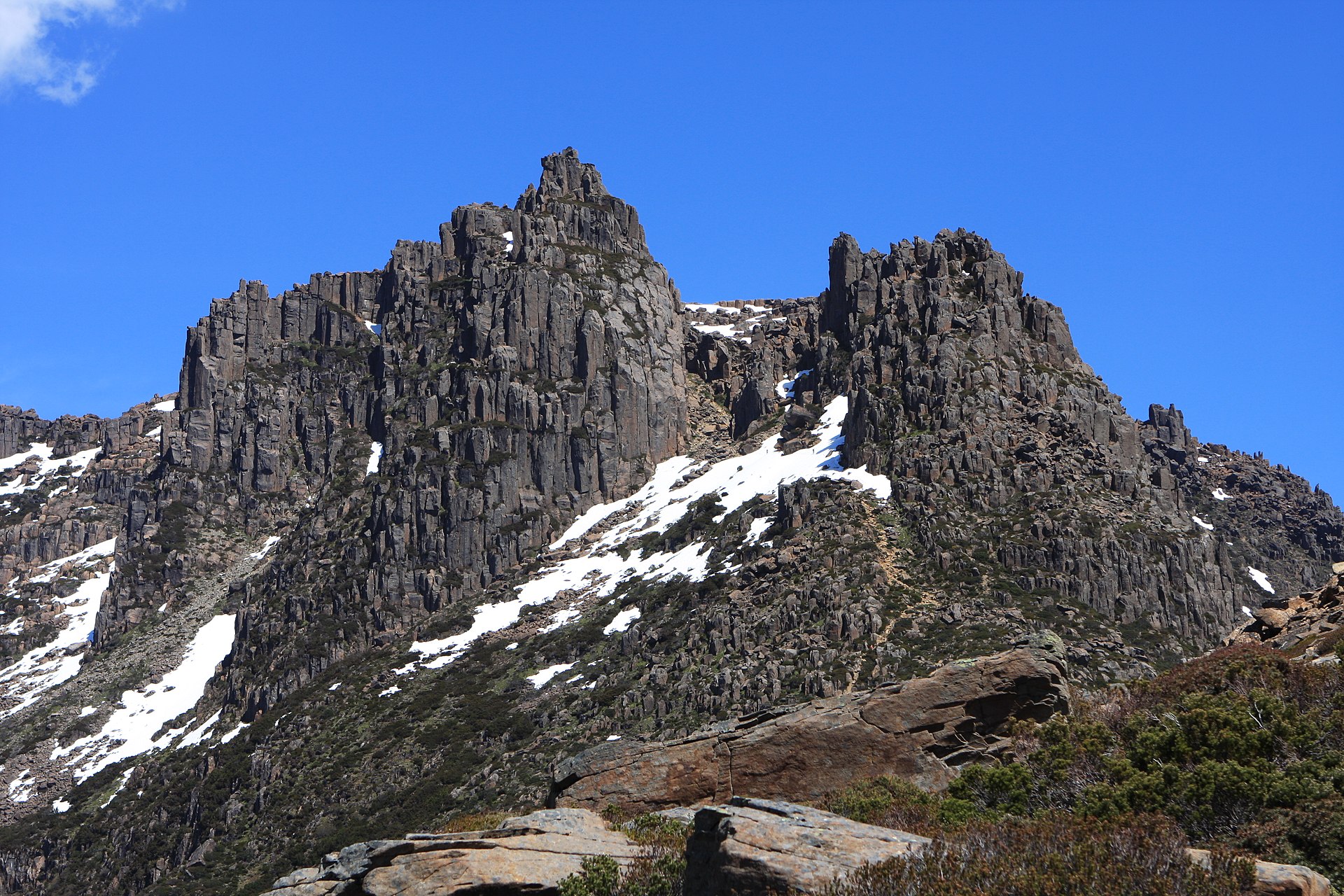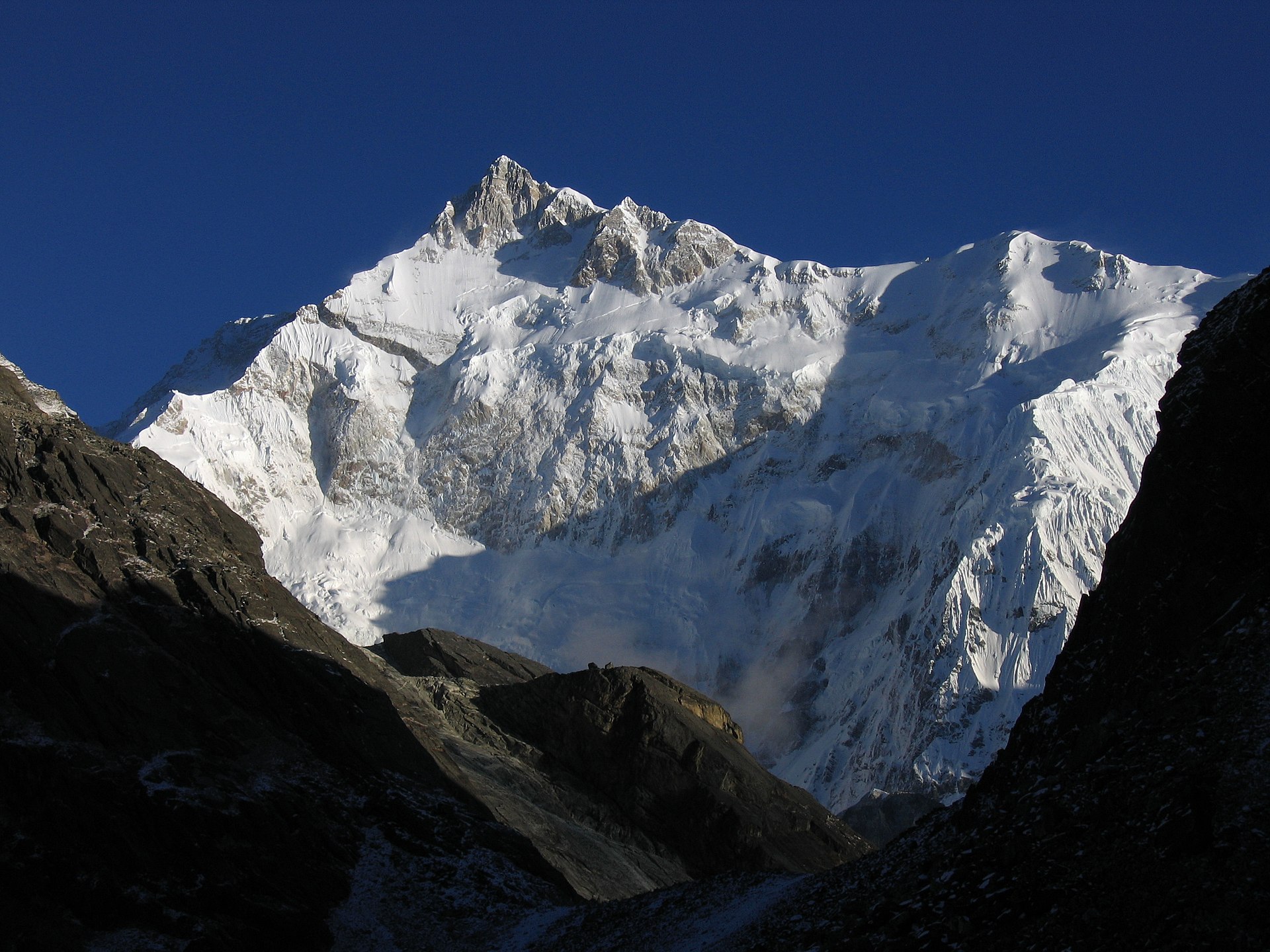Are you ready to embark on an awe-inspiring journey through the lens of your camera? Look no further than “Capturing the Majesty: A Guide to Photographing Mount Everest,” where we unravel the secrets to immortalizing the breathtaking beauty of this majestic mountain. From expert strategies to essential tools and techniques, this blog will equip you with everything you need to capture the essence of Mount Everest like never before. So grab your camera and join us on this thrilling photographic adventure!
Table of Contents
- The Majestic Beauty of Mount Everest
- Choosing the Right Gear to Capture the Majesty of Mount Everest
- Capturing the Majesty: A Guide to Photographing
- Mount Everest
- Frequently Asked Questions
- 1. What are the best camera settings for photographing Mount Everest?
- 2. What equipment do I need for mountain photography?
- 3. How do I prepare for photographing the extreme weather conditions of Mount Everest?
- 4. What composition techniques can I use to capture the grandeur of Mount Everest?
- 5. Are there any photography restrictions or guidelines for photographing Mount Everest?
- Wrap Up
The Majestic Beauty of Mount Everest
Mount Everest, the highest peak in the world, stands tall and proud, capturing the imagination of millions. Its awe-inspiring beauty and challenging terrain make it a dream destination for photographers seeking to capture its majestic presence. In this section, we will explore the unique features of Mount Everest that make for breathtaking photographs, and discuss various techniques to help you capture its beauty in your own lens.
The Enchanting Himalayan Range
One of the most captivating aspects of Mount Everest is its location within the mesmerizing Himalayan range. The snow-capped peaks, jagged ridges, and deep valleys offer a stunning backdrop for your photographs. To highlight the grandeur of this range, consider incorporating the following techniques:
- Using wide-angle lenses to capture the vastness and scale of the Himalayas.
- Experimenting with different times of day to capture the changing light, such as the soft glow during sunrise or the golden hues during sunset.
- Creating depth and perspective by including foreground elements, such as rocks or trees, to give your photographs a sense of scale.
The Ever-Changing Weather
Mount Everest is notorious for its ever-changing weather conditions, which can add drama and mystique to your photographs. The swirling mists, dramatic cloud formations, and occasional bursts of sunlight can create magical moments. To capture the dynamic weather of Mount Everest, try these techniques:
- Using a polarizing filter to reduce glare and enhance color saturation in the sky and snow.
- Embracing the unpredictable nature of the weather, be patient and wait for a dramatic moment to unfold before capturing your shot.
- Experimenting with long exposures to create motion blur in the clouds, giving your photographs a surreal and ethereal feel.
The Serene Solitude
Mount Everest has an inherent sense of solitude, making it an ideal subject for introspective and contemplative photography. Capturing this serene aspect requires a different approach and mindset. Consider the following techniques:
- Using a telephoto lens to isolate specific elements of the landscape and create a sense of solitude.
- Including human elements, such as climbers or prayer flags, to convey the scale and challenge of the mountain.
- Experimenting with different compositions, such as capturing reflections in serene alpine lakes or framing the mountain with surrounding flora.
Remember, photographing Mount Everest requires meticulous planning, physical endurance, and respect for the environment. Always prioritize safety and follow guidelines for responsible photography in the region. With the right techniques and a keen eye, you can capture the awe-inspiring beauty of Mount Everest and create photographs that truly encapsulate its majesty.
Interesting fact: Mount Everest is the tallest mountain in the world, standing at a staggering height of 29,029 feet (8,848 meters) above sea level.
Mount Everest is the tallest mountain in the world, standing at a staggering height of 29,029 feet (8,848 meters) above sea level.
Choosing the Right Gear to Capture the Majesty of Mount Everest
1. Camera
When it comes to photographing the majestic Mount Everest, having the right camera can make a world of difference. While any camera can capture the beauty of this iconic mountain, a DSLR or mirrorless camera with manual settings will provide you with the most control and flexibility.
If you’re a beginner, options like the Canon EOS Rebel T7 or the Nikon D3500 are affordable yet capable choices that will allow you to experiment with different settings. For more advanced photographers, the Canon EOS 5D Mark IV or the Sony Alpha A7R III offer higher resolution and advanced features.
2. Lenses
Choosing the right lens or lenses is crucial for capturing the details and grandeur of Mount Everest. Here are some options to consider:
- Wide-angle lens: A wide-angle lens, such as the Canon EF 16-35mm or the Nikon AF-S 14-24mm, is an essential tool for capturing the vastness of the mountain range and its surroundings.
- Telephoto lens: To capture the intricate details and distant peaks, a telephoto lens like the Canon EF 70-200mm or the Nikon AF-S 70-200mm is ideal. It allows you to zoom in and isolate specific features of the mountain.
- Zoom lens: If you want versatility and the ability to switch between wide-angle and telephoto focal lengths, a zoom lens like the Tamron 24-70mm or the Sigma 24-105mm can be a great choice.
3. Tripod
A steady tripod is essential for capturing sharp and well-composed images, especially in low-light conditions or when using longer shutter speeds. Look for a sturdy yet lightweight option, such as the Manfrotto BeFree or the Benro Travel Angel, which are both compact and easy to carry during your trek.
4. Filters
Consider adding filters to your gear to enhance your mountain photography. Here are a couple of options:
- Polarizing filter: A polarizing filter helps reduce glare and enhance the color and contrast of the sky and surrounding landscapes, resulting in more vibrant and dramatic images.
- Neutral density (ND) filter: An ND filter reduces the amount of light entering the camera, allowing you to use longer shutter speeds or wider apertures even in bright lighting conditions. This can be useful for capturing smooth waterfalls or blurring the movement of clouds.
5. Other Accessories
In addition to the essential gear mentioned above, here are a few other accessories that can enhance your photography experience:
- Extra batteries and memory cards: Make sure to pack extra batteries and memory cards, as you don’t want to miss out on capturing those breathtaking moments due to insufficient power or storage space.
- Lens cleaning kit: Since you’ll be in a rugged environment, it’s important to keep your gear clean. A lens cleaning kit will help you remove dust, smudges, and other debris that can affect image quality.
- Camera bag: Invest in a durable and comfortable camera bag that can withstand the elements and provide adequate protection for your gear during your journey to Mount Everest.
By carefully selecting the right camera, lenses, and accessories for your Mount Everest adventure, you’ll be well-equipped to capture the majesty of this awe-inspiring mountain range.
Capturing the Majesty: A Guide to Photographing

Mount Everest
Welcome to “Capturing the Majesty,” where we will delve into the art of mountain photography and explore the strategies, tools, and techniques for successfully capturing the majestic Mount Everest with your camera. In this section, we will focus on the best time of year to take photos and the ideal vantage points and positions for photographers to capture breathtaking images of the world’s highest peak.
Best Time of Year to Take Photos
Mount Everest’s dazzling beauty varies throughout the year, so choosing the right time to photograph it is crucial. Spring (March to May) and autumn (September to November) are generally considered the best seasons due to favorable weather conditions and stunning natural colors.
In spring, Mount Everest is clothed in rhododendron blooms, filling the landscape with vibrant reds and pinks. The clear skies during this time offer excellent visibility, allowing for sharp and detailed photographs. The autumn season, on the other hand, showcases a combination of lush greenery, golden hues, and the breathtaking play of light and shadow that adds depth and drama to your compositions.
Both seasons offer unique opportunities, and your choice ultimately depends on the type of scenery you wish to capture. Spring showcases the mountain’s alluring floral beauty, while autumn emphasizes its grandeur against a backdrop of changing foliage.
Ideal Vantage Points and Positions
Mount Everest offers numerous vantage points for photographers to capture its majesty. Here are three exceptional options:
- Kala Patthar: Situated at an altitude of 5,545 meters, Kala Patthar is a popular viewpoint offering awe-inspiring 360-degree views of Mount Everest and the surrounding Himalayan peaks. Its higher vantage point allows you to capture the enormity of Everest against the backdrop of the dramatic Khumbu Icefall and the striking sunrises and sunsets that paint the sky with vibrant colors.
- Gokyo Ri: Located at an elevation of 5,357 meters, Gokyo Ri presents a unique perspective of Mount Everest. From this vantage point, you can capture Everest together with the pristine Gokyo Lakes, creating a stunning juxtaposition of the towering mountain and the serene waters.
- Everest Base Camp: For those seeking a closer encounter and a more immersive experience, reaching Everest Base Camp itself provides a remarkable opportunity. From this position, you can capture intimate details of the mountain’s rugged terrain, the colorful prayer flags fluttering in the wind, and the vibrant culture of the climbers and Sherpas who make this challenging journey.
Each vantage point offers its own unique advantages and perspectives, so consider your photographic goals and preferences when selecting your shooting location. Experiment with different angles and compositions to capture the true essence and grandeur of Mount Everest.
Remember, when photographing Mount Everest, respect the environment and the local communities. Capture its beauty with responsibility and leave nothing but footprints.
Now that we have explored the best time of year to take photos and the ideal vantage points and positions, you are ready to embark on your journey to capture the majestic Mount Everest through the lens of your camera.
Frequently Asked Questions
1. What are the best camera settings for photographing Mount Everest?
When capturing the majesty of Mount Everest, it’s important to use the right camera settings to ensure you get the best results. Start with a low ISO to reduce noise, use a wide aperture to create a shallow depth of field, and choose a fast shutter speed to capture sharp details.
2. What equipment do I need for mountain photography?
For mountain photography, it’s recommended to have a sturdy tripod to keep your camera stable in challenging conditions. Bring a wide-angle lens to capture the vastness of Mount Everest, as well as a telephoto lens for detailed shots of climbers or distant landscapes. Don’t forget extra batteries, memory cards, and lens cleaning equipment.
3. How do I prepare for photographing the extreme weather conditions of Mount Everest?
Preparing for extreme weather conditions is crucial when photographing Mount Everest. Dress in layers to stay warm and protect yourself from the cold wind. Use weather-sealed camera gear or protect your equipment with rain covers. It’s also essential to acclimatize to the high altitude gradually to avoid altitude sickness.
4. What composition techniques can I use to capture the grandeur of Mount Everest?
To capture the grandeur of Mount Everest, try using leading lines to guide the viewer’s eye towards the mountain. Include elements in the foreground to provide depth and scale. Experiment with different perspectives and angles, such as shooting from a low vantage point or capturing the mountain at sunrise or sunset.
5. Are there any photography restrictions or guidelines for photographing Mount Everest?
While there are no specific photography restrictions for Mount Everest, it’s essential to respect the local culture and the environment. Avoid disturbing wildlife or disturbing the climbers. Be conscious of your impact and leave no trace behind. Always prioritize safety and follow any guidelines provided by your guides or authorities.
Wrap Up
As you set out to capture the majesty of Mount Everest with your camera, remember to prepare, plan, and stay safe. Utilize these photography tips and techniques to elevate your mountain photography skills and create awe-inspiring images.
Whether you’re an experienced photographer or a novice, Mount Everest offers an incredible opportunity to capture the sheer grandeur of nature. Remember to experiment with different angles, compositions, and lighting conditions to find your unique perspective.
Don’t forget to pack the necessary gear, research the best vantage points, and be patient. Sometimes, the perfect shot requires time and persistence. Finally, share your experience with us! Leave a comment below and let us know how your photography journey to Mount Everest went. We can’t wait to see your breathtaking captures!



